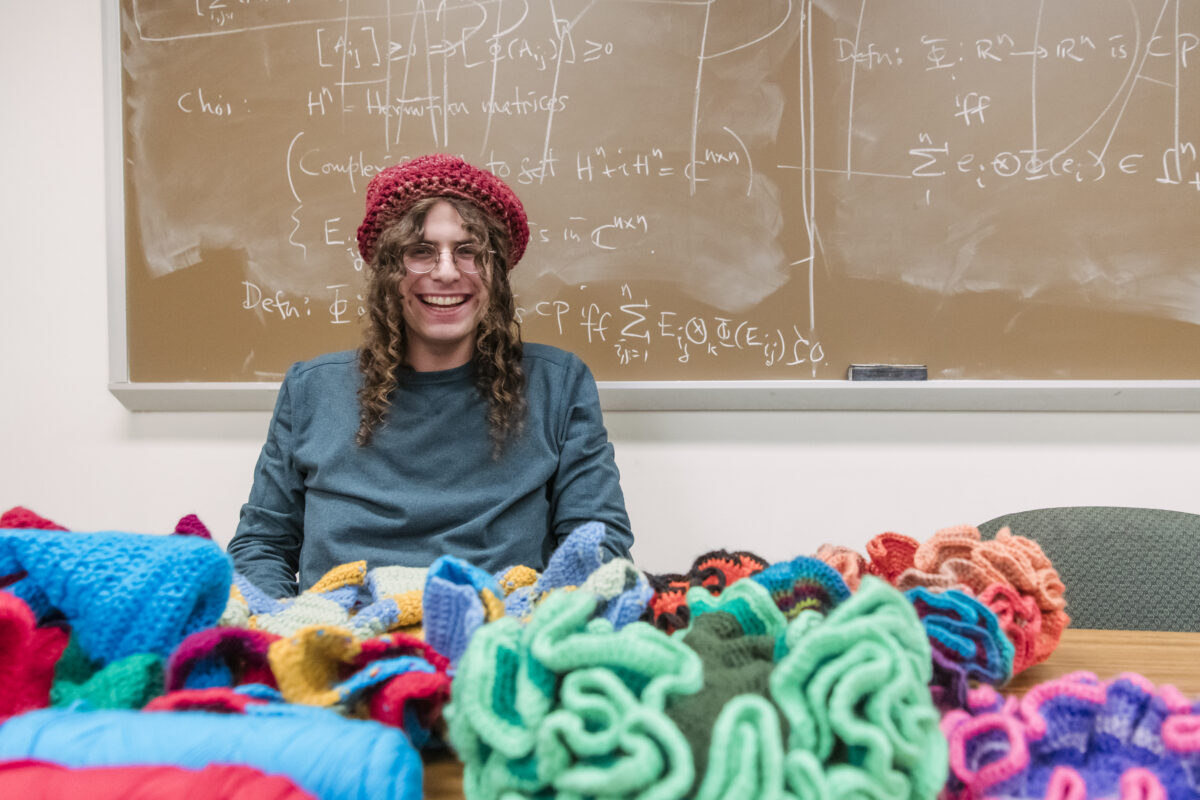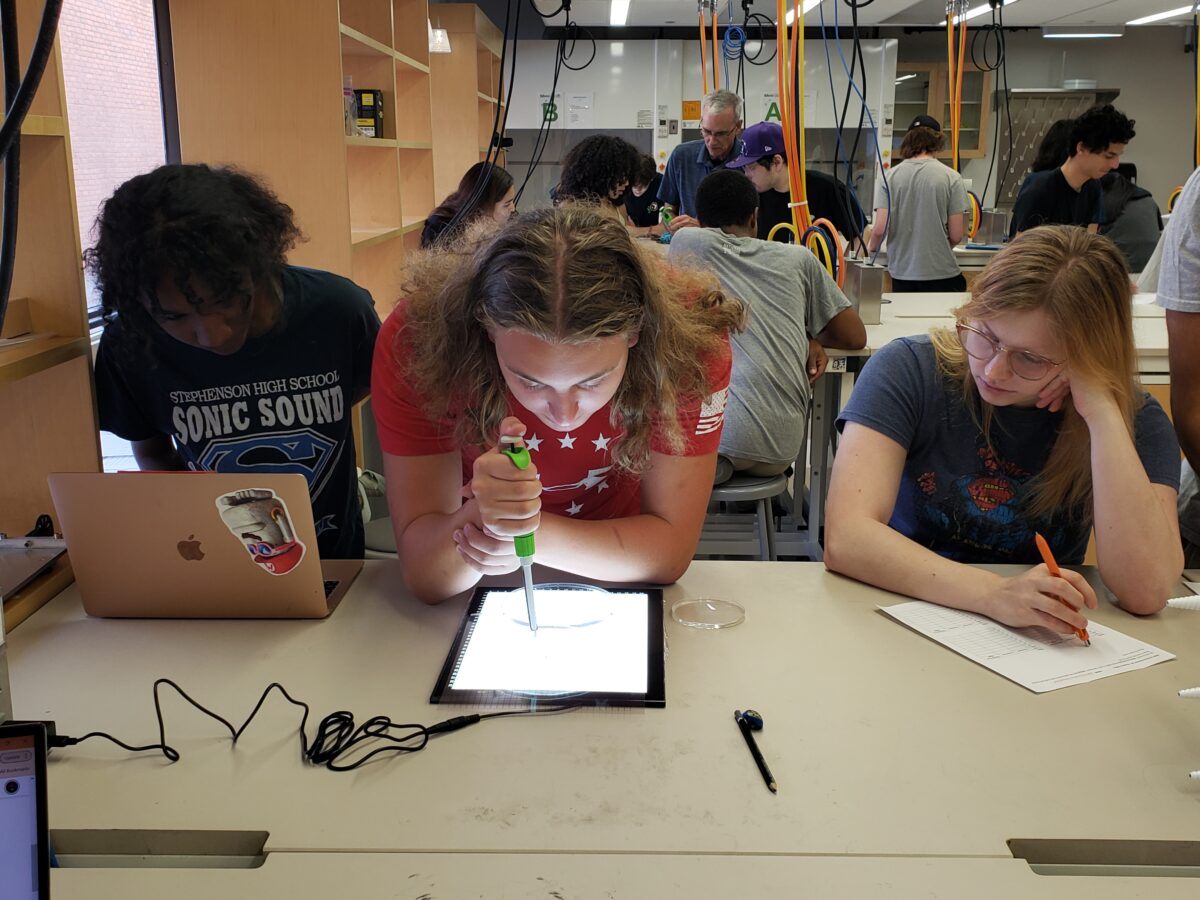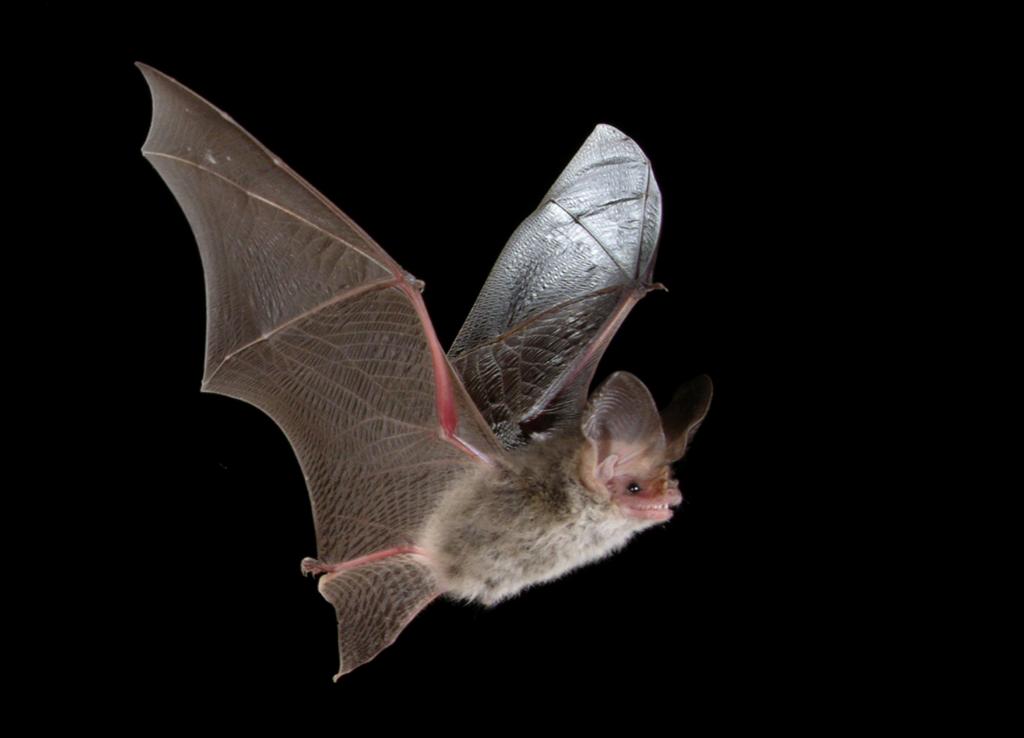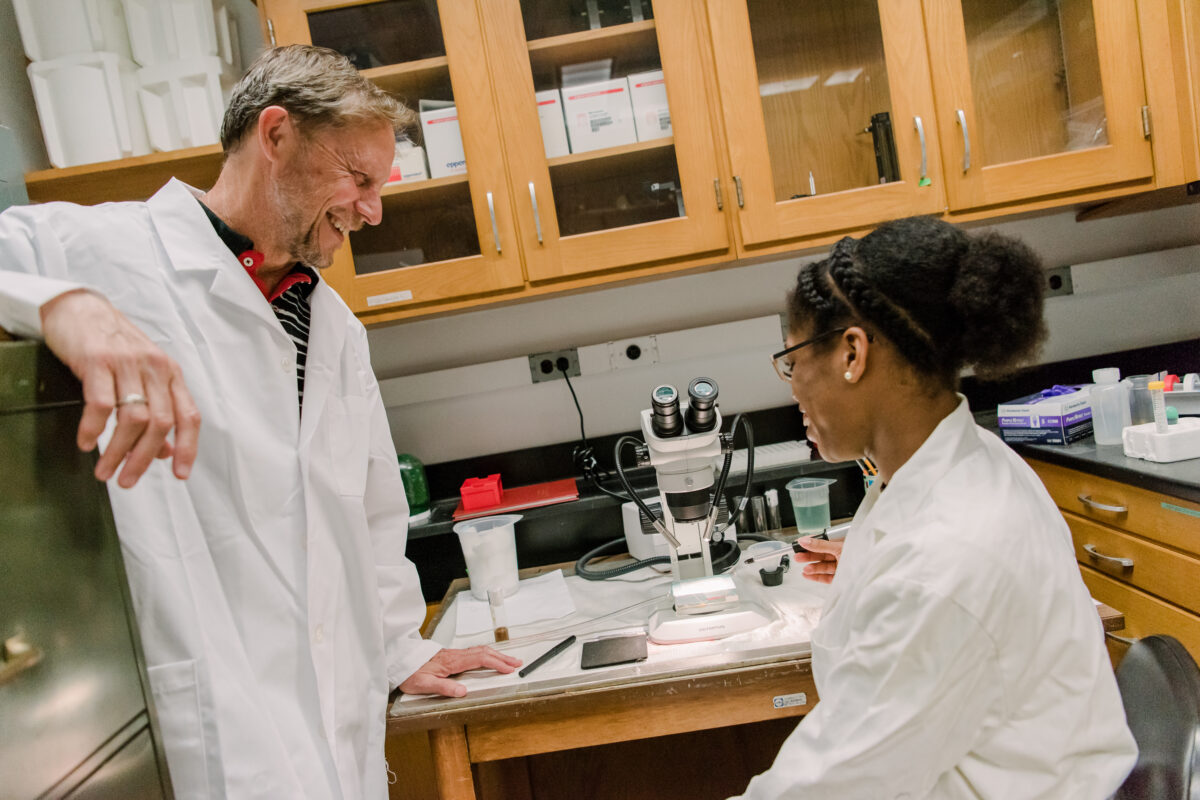UMBC partners with American Statistical Association to organize annual African International Conference on Statistics
The African International Conference on Statistics, led by UMBC, is poised to enter a new era with support from the American Statistical Association. “Now we stand as partners with the world’s largest statistical association, the American Statistical Association,” Yehenew Kifle says. “This partnership with ASA lays the foundation for great optimism about a promising future for the AIC.” Continue Reading UMBC partners with American Statistical Association to organize annual African International Conference on Statistics












